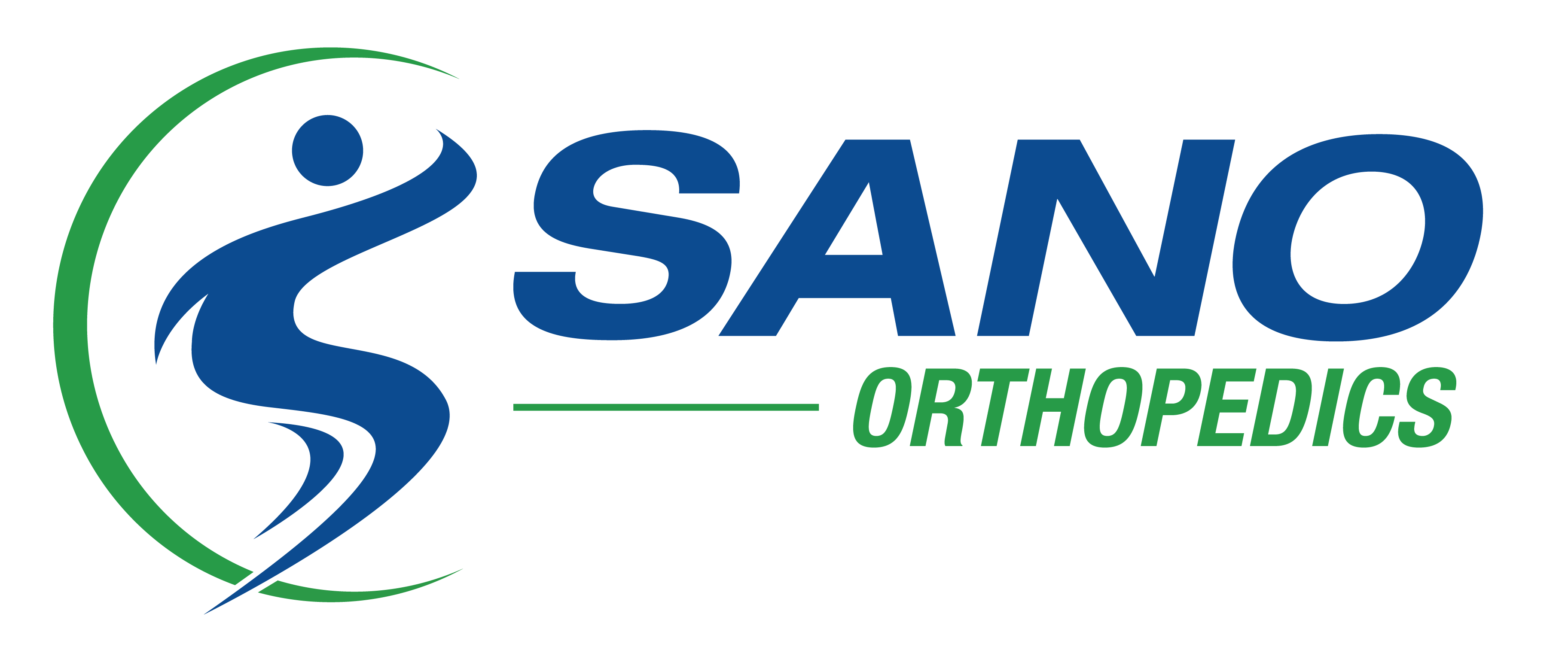About Neck Pain
The cervical spine, often referred to as the neck, connects the skull and the upper back. The seven neck vertebrae (C1-C7) support and move the neck. Ligaments connect the vertebrae and tendons connect muscles to the vertebrae. Neck pain occurs when neck vertebrae, ligaments, tendons, or muscles are diseased or injured.
Some cases of neck pain will go away independently after a short rest period. Others may linger on for weeks or months and need to be seen by a Sano Orthopedic Spine Specialist. Recognizing your symptoms and their frequency and severity is the first step toward effective treatment.
Neck Pain Symptoms
Symptoms of neck pain include:
- A dull aching pain
- Stiffness, tenderness, weakness
- Pain that radiates down the arm and into the hand
- Tingling in the arm and hand
- Pain that gets worse when holding the head in a fixed position for a long period (ex. driving, texting, working in front of a computer)
- Headaches
When symptoms last more than a few weeks and/or are severe—meaning they inhibit you from doing normal day-to-day activities— it is time to come in for further diagnosis. Our spine specialists accurately diagnose neck pain, find its cause and prescribe effective treatment plans that cater to patients’ lifestyles and goals.
Causes of Neck Pain
Common causes of neck pain include:
- Stretching or tearing of ligaments that connect neck vertebrae.
- Stretching or tearing of tendons that connect muscles to the neck.
- Herniated disc. The inner part of an intervertebral disc pushes through the outer disc wall and pinches nerve roots.
- Wear and tear of bone and cartilage.
Factors that increase the risk of back pain include:
- Jobs that require long periods of holding the neck in a fixed position (ex. desk jobs, driving jobs).
- Motor vehicle accidents
- Collision sports
Neck pain is classified as acute when it lasts for no more than six weeks. Neck pain is classified as chronic when it lasts more than three months.
Nonsurgical Neck Pain Treatment
Sano Orthopedic Spine Specialists treat the majority of cases of neck pain with nonsurgical treatment options. Treatment plans are created based on your condition, lifestyle, and goals. Common treatment options include:
- Activity modification. Slowing down or stopping activities that cause neck pain.
- Applying ice to the painful area.
- A soft collar brace takes the pressure off the neck.
- Nonsteroidal anti-inflammatory medications. Oral and topical medications that decrease pain and inflammation.
- An anesthetic and steroid injection numbs the painful area and decreases inflammation.
- Physical therapy. Neck stretching and strengthening exercises help many reduce or eliminate neck pain.
Most patients respond well to nonsurgical treatment options and experience symptom relief and improved quality of life quickly.
Surgical Treatment Options for Neck Pain
Surgery may be recommended to treat neck pain that does not respond to nonsurgical treatment options. Our orthopedic spine surgeon performs the following surgeries:
- Anterior cervical discectomy and fusion (ACDF). Pieces of a damaged intervertebral disc are removed to relieve pressure on pinched nerve roots. A plate and screws are used to join adjacent vertebrae. A bone graft is packed in the area to fuse with existing bone to form a single, solid vertebra. The distinguishing feature of this procedure is the tiny incision made in the throat. The vaguely noticeable scar that forms after surgery blends with natural skin folds.
- Cervical disc replacement. A diseased disc that compresses nerve roots is removed and replaced with an artificial disc device. Neck movement is restored after this surgery.
- Posterior cervical decompression +/- fusion. Small pieces of bone are removed to decompress nerve roots. Bone graft and a plate or screws may be used to fuse adjacent vertebrae if neck pain is associated with movement.
Sano Orthopedic specialists are trained in minimal access as well as open techniques. The approach is dependent on each patient.
Treating Neck Pain
Neck pain can dramatically impact everyday life. Whether intermittent or steady pain, we want to help you improve your quality of life. Contact us to see if we can help you feel like yourself again.
